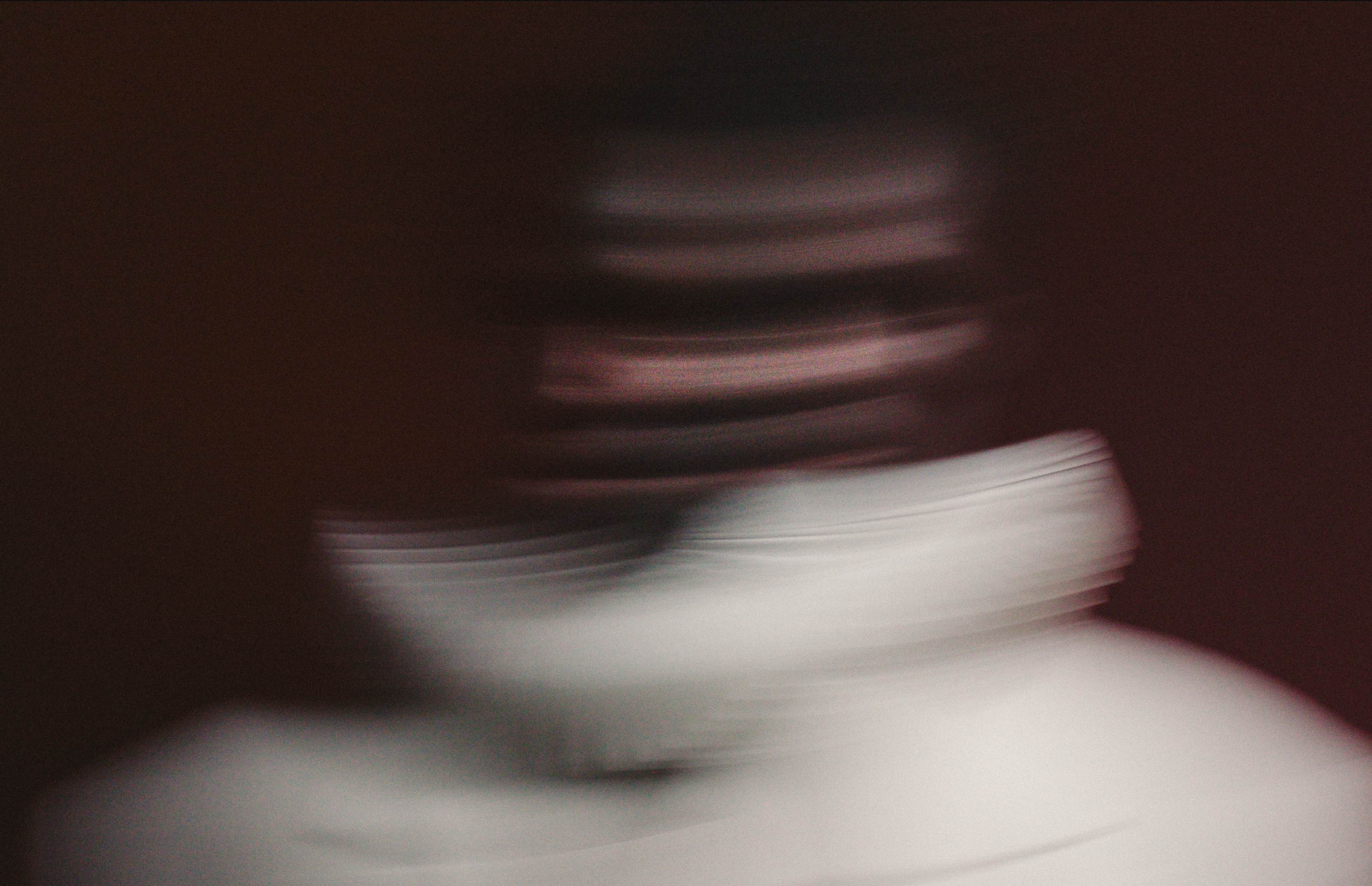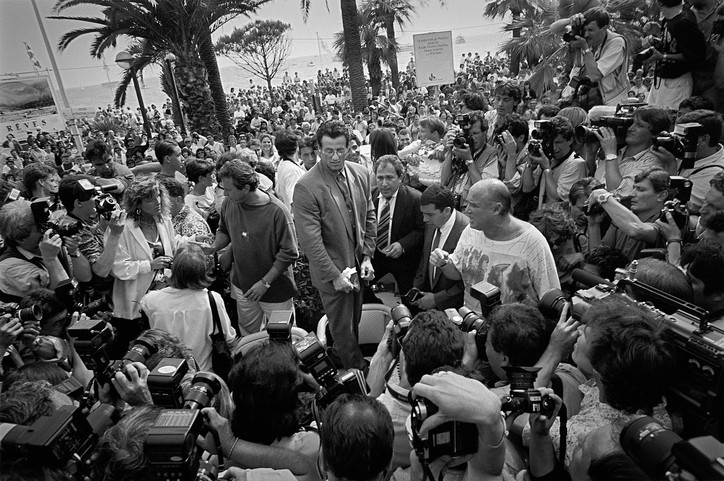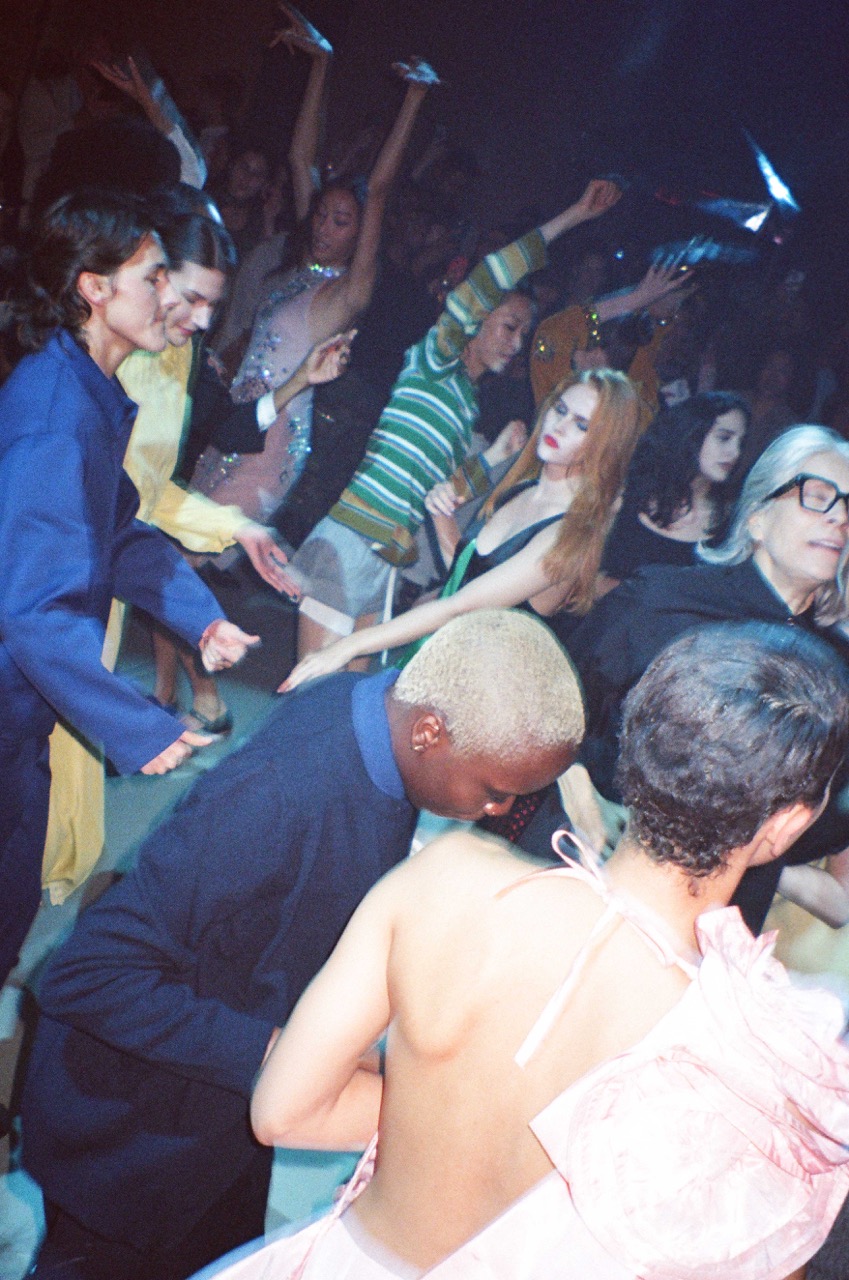The Whole World has Gone Insane

Chiara — You have been living and working in New York City for the past 20 years but tell me about your first impressions of the city and what has kept you here?
Curtis — When I first visited New York City I remember being in the back seat of a yellow cab driving through Chinatown, I remember the energy of the people and bright signage; almost cinematic. It reminded me of of a scene from Michael Cimino’s 'Year of the Dragon'. It felt similar to an organized madness. I was both in awe and intimidation. It was thrilling and also disorienting. I think I was 20 years old. I had officially moved to NYC in 2005. Still today I find it to be a circus, it has no rules. Everyone intensifies what life does not need to be. However, in New York in order to survive, life must intensify. The city doesn’t just tolerate chaos - it thrives on it. The unpredictability of New York feeds creativity, pushes boundaries, and forces you to constantly reevaluate your place in the world. It’s this continuous engagement with uncertainty and possibility that keeps me established here.
What year did you start filming the construction sites and what attracted you to them?
I started filming on my daily walks around the neighborhood in 2010 or 2011. I had noticed that there was much more construction than in the previous years with the continuation of gentrification. The bigger construction sites that I was passing and paying attention to led me to thinking that there were really beautiful aspects to these environments. I chose to film it in a reckless aesthetic, and cropped them to highlight the details of this process. But innately I was composing things almost as still images, exactly how I wanted it to be. There were these really masculine construction workers, but at the same time a lot of feminine movements and hand gestures. I also filmed typical street work and maintenance, which are revealed throughout the film.
I think of your work as having a lot of movement; with your writing or even some of the other works I’ve seen, there's the gesture of the paint. Is there something to the movement of the construction, the machines and the hands that attracted you?
There is a connection, as an artist that is almost unconsciously doing. It was much more based on hands and these contrast features in comparison to what the idea of construction and demolition are in the first place. I think of swinging cranes and the machinery that's moving in a gestural way which has familiarity throughout my paintings. Every brush stroke strips the joy out of painting and at the same time adds to the general spirit of the work. The machines building, destroying, and rebuilding represent the continuous cycle of creation and reinvention that defines much of our human experience.
And then you removed the sounds of the construction and added in the music so it feels like I’m watching a dance.
Yes, it's a dance, like Bolero.
What do the machines building and destroying and building again represent for you?
They are reflective of my personal emotions, in terms of the idea of life and birth and destruction. Things going up and things coming down and thoughts going up and thoughts going down and all the feelings that go with that. But with these constant changes it’s still a reminder that we're all in it together to a certain capacity. It really just comes down to your state of mind.


Being a filmmaker myself I always love to know about the technical aspects. What did you shoot the construction footage with and how much footage did you end up having to work with in the edit?
Originally I was shooting on a mini DV camera but in too many instances I started to encounter without the camera on me so filming with iPhone was part of the process as well. I shot over 25 hours of footage over a three year period and the majority of it in the end was iPhone, shot in landscape format.
I’m so grateful you did that, I can’t stand this new-ish format for video on social media that has to be 9:16, literally the opposite aspect ratio of cinema. It drives me crazy. But I won't start on that tangent…Tell me about the clowns that have appeared in your work before. What do they signify for you?
Clowns have been a recurring motif in my work for a very personal reason. My uncle, who was a major influence on my life, had an obsession with clowns—figurines, clocks, calendars. He was a generous spirit, a mentor who introduced me to music, visual art, and film. But despite his affection for clowns, I always found them disconcerting. There’s something unsettling about the clown figure—it’s a mask for something darker, an attempt to cover up personal struggles with exaggerated performance. They symbolize a form of emotional repression to a degree. The act of hiding inner turmoil behind a forced smile. In my work, clowns represent the tension between the exterior persona and the internal reality, the mask we put on to perform for the world, while hiding our vulnerabilities.
I am not a big fan of clowns myself, they can be so unsettling. In this film you play a clown that feels completely hopeless and defeated and alone, with the weight of the world on his shoulders. I also found the contrast of that perfect blue New York sky, reminiscent of 9/11, which makes it even more unsettling. Tell me about this clown that you are playing?
The clown I play in this film is a reflection of personal struggle. He’s trying to maintain composure in the face of chaos, constantly caught in his own internal conflict. The perfect blue sky above him is in stark contrast to the feeling of hopelessness and exhaustion that he embodies. It’s as if the world is beautiful and calm on the outside, but internally, everything is spinning out of control. It’s about reaching the point where you realize you don’t have to carry everything alone, and sometimes stepping back and letting things unfold is the only way forward.
In what ways has the world gone insane for you?
There’s so much happening right now; the upcoming election, the climate crisis, the political turmoil. It feels like there’s this high vibration in the air and it’s hard to ignore - nor should we ignore this. I try not to let these things overly influence my studio practice. It’s hard not to feel overwhelmed by everything, but I also think there’s something to be said for finding peace within that chaos. I was trying to understand that character and prepare for the single shot at the end. At one point during the shoot I was naturally spinning out on current events and the state of the world.
Lastly, tell me about the score with the sounds layered in and the voices we hear?
I worked with Isaiah Barr, from Onyx Collective. We’ve collaborated on projects before. We generally sit with each other and the visuals and we piece together what makes sense in that moment. I have a soundbite from the Buddhist temple on Center Street and one of a younger British kid talking about money. I also added a soundbite of Stephen King speaking on the idea of "scary". Natasha Lyonne has this strong female NYC voice that can permeate, and Lennon Sorrenti who I’ve known since she was a child has this voice that just feels safe. I've used her voice for past pieces as well. It's a sound I will continue to make works with.











































